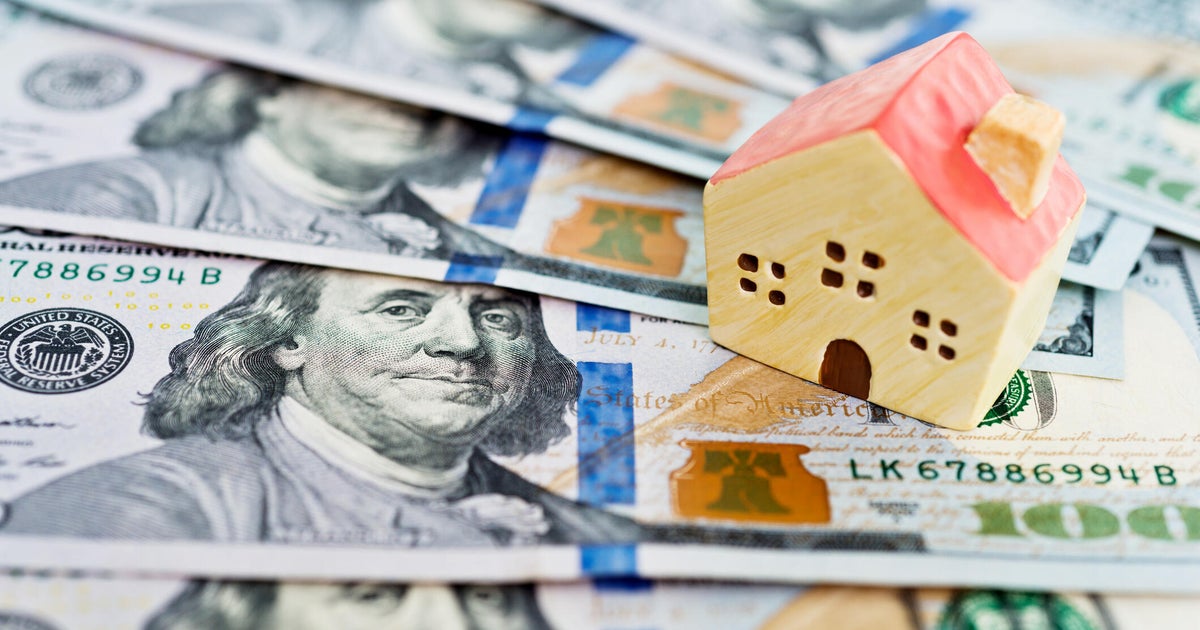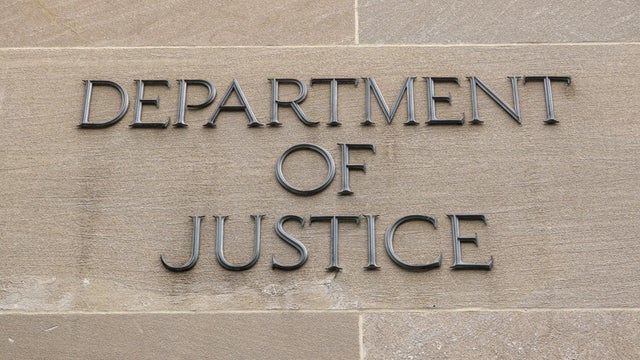

No response returned

News last week that may have been welcome by borrowers, but it wasn't exactly unexpected. Home equity loan interest rates have been on a steady decline for much of 2025, extending a gradual but consistent . Now at just 8.23%, home equity loans are cheaper than personal loans and credit cards and they're essentially the same as , which are averaging 8.20%. And, unlike HELOCs, which have subject to for borrowers, the home equity loan rate homeowners secure today will stay fixed even if the interest rate climate heats up again.
With the average homeowner in possession of around currently and the typical lender mandating that a 20% equity buffer remain in the home, many will be eligible to borrow a $100,000 home equity loan right now. Before getting started, however, it helps to calculate the potential repayment costs tied to today's rates. And it can also be informative for borrowers to understand how much more affordable this borrowing option, in this amount, has become over the past year. Below, we'll do the math.
.
The average home equity loan interest rate has not declined dramatically, especially compared to , which, at one point earlier in 2025, were down more than two full percentage points from a double-digit high in September 2024. That noted, home equity loan rates are still falling, even if it's a gradual decline. They were averaging 8.98% in January 2024 but were down to 8.61% in May of that year and, now, one year later, they're down to 8.23% in May 2025, according to data.
While those rate differences may seem negligible on paper, they add up to real savings for borrowers, particularly for those looking for a $100,000 home equity loan. For example, here's what a $100,000 home equity loan costs at today's rate, tied to two common repayment periods:
And here's what those monthly payments would have looked like based on the May 2024 rates:
And here's what they would've been for borrowers in January 2024:
So borrowers who act now will save around $20 per month for a 10-year loan and around $23 a month for a 15-year loan compared to what they would've had to pay in May 2024. That equates to around $240 per year saved, $2,400 saved over 10 years, and approximately $4,140 saved over 15 years, underlining the affordability of this loan type right now.
When matched up against the rate offers of early 2024, the cost-effectiveness becomes starker. Compared to rates then, a $100,000 home equity loan is now around $40 a month cheaper for a 10-year loan and around $45 cheaper for a 15-year loan. That's $480 saved annually and $4,800 saved over a decade. The 15-year loan differential, meanwhile, comes out to $540 saved each year and around $8,100 over the full 15 years.
With small but not insignificant savings each month, and major savings annually and over the life of the loan, those considering a $100,000 home equity loan should then strongly consider acting now, with rates low and payments affordable.
.
While home equity loan interest rates are still in the 8% range, there's a big difference between being at the top of that range and near the bottom of it, particularly for those borrowers looking to withdraw a large, six-figure sum. With rates materially lower than they were in 2024, then, and with the fixed-rate nature of this product protecting borrowers from the pressures of an unpredictable rate climate, many would benefit from applying for a home equity loan right now. And, if rates were to continue to drop significantly in the future, these borrowers could simply explore at that stage.





